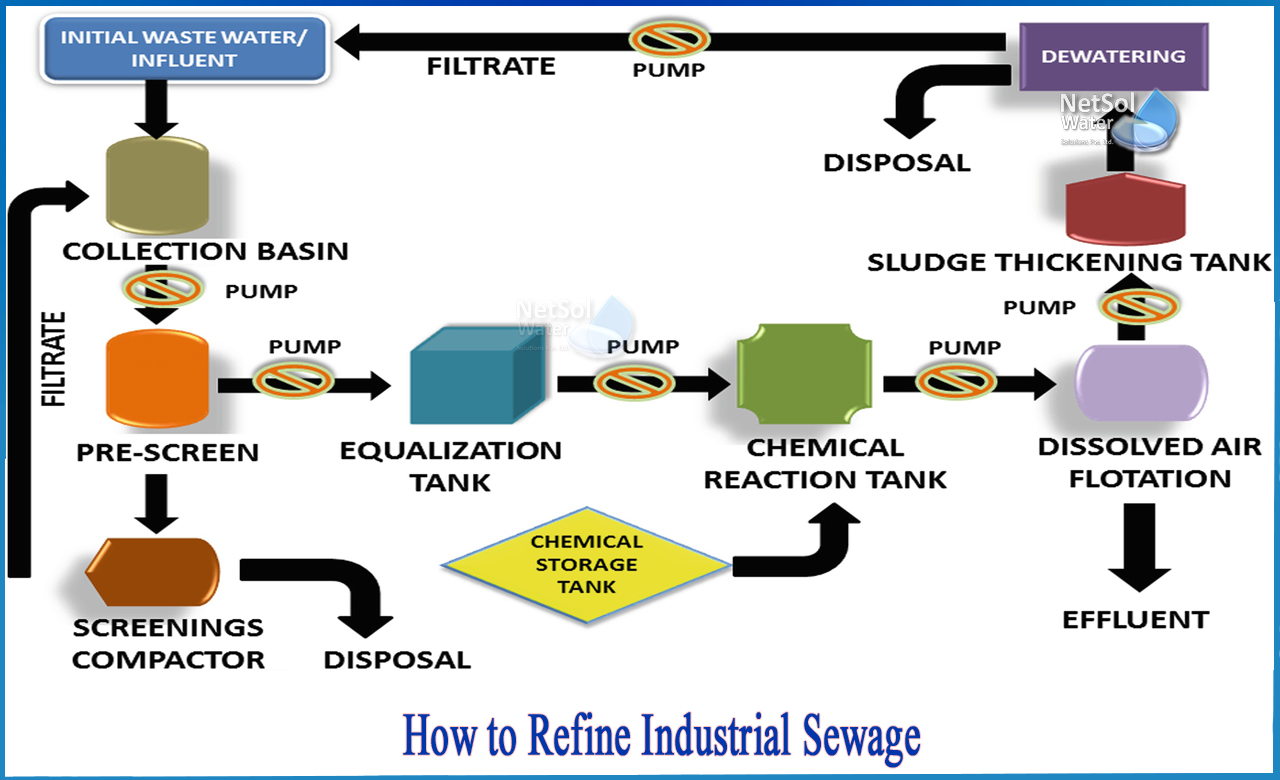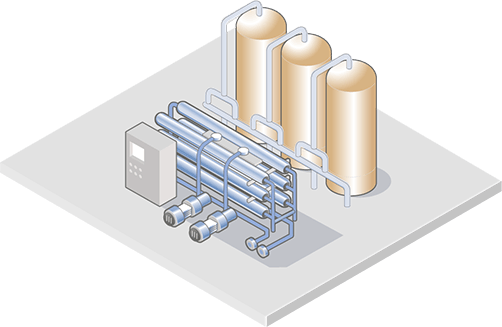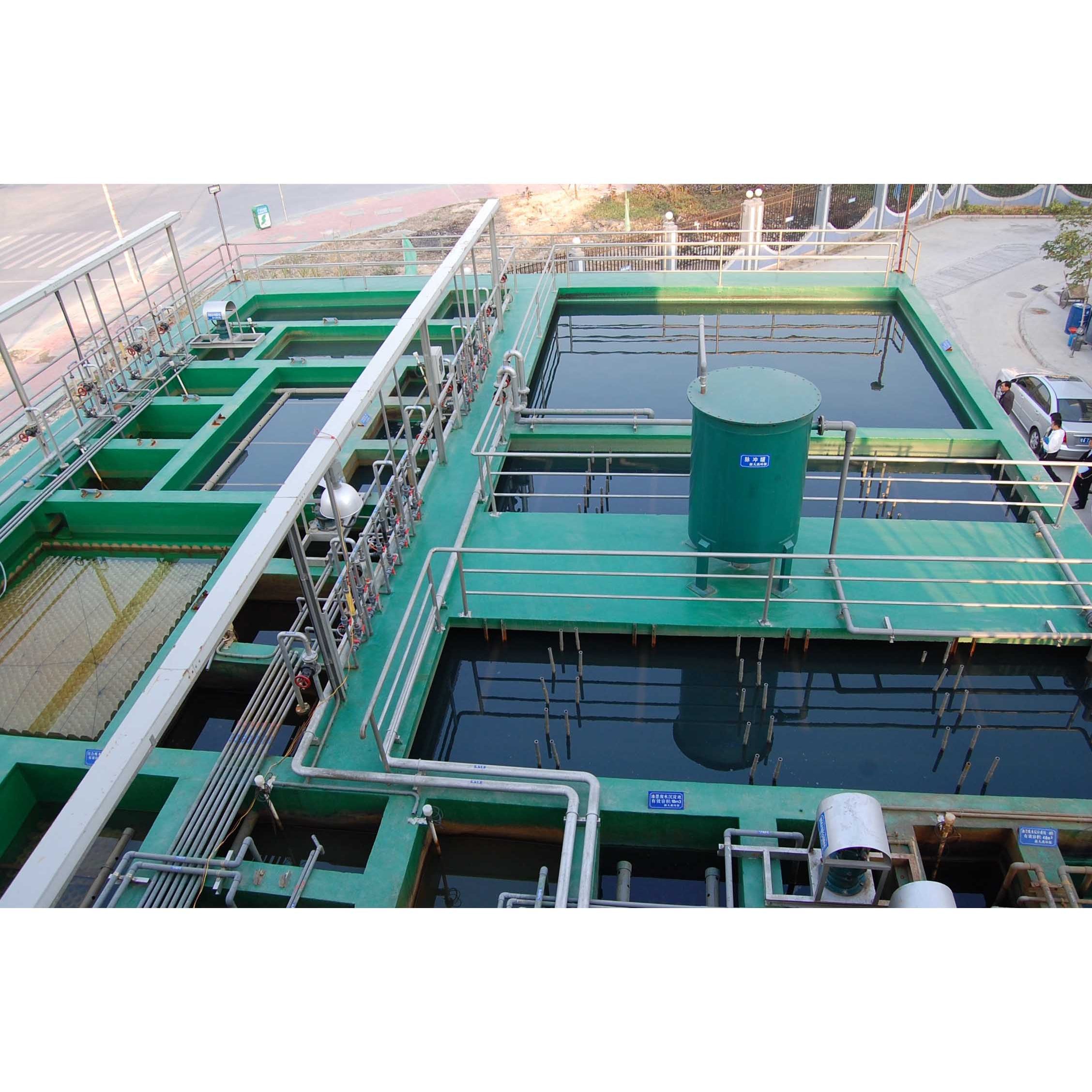Innovations and Breakthroughs in Hazardous Waste Water Treatment Technologies
The landscape of commercial wastewater therapy is going through a transformative change, driven by technologies that boost both performance and sustainability. As governing standards evolve, the integration of AI and machine learning into wastewater management systems promises to ensure and streamline operations conformity.
Review of Drainage Therapy Technologies
Wastewater therapy innovations include a range of methods designed to remove impurities from commercial effluents before their release right into the setting. These innovations are vital for preserving ecological equilibrium and making certain compliance with environmental laws. The key classifications of wastewater treatment consist of physical, chemical, and biological methods, each offering unique purposes based upon the nature of the pollutants present.

Organic therapy approaches employ bacteria to weaken raw material, making them especially efficient for organic-rich effluents. Strategies like triggered sludge and biofilm activators harness the all-natural deterioration capabilities of bacteria, bring about substantial reductions in biochemical oxygen need (BOD)
Advanced Filtering Methods
Advanced filtering strategies stand for a vital development in the world of commercial wastewater therapy, improving the effectiveness of pollutant elimination procedures. Industrial Waste Water Treatment. These techniques include a variety of modern technologies, consisting of microfiltration, ultrafiltration, nanofiltration, and turn around osmosis, which supply consecutive barriers for different particle sizes and chemical structures
Microfiltration and ultrafiltration make use of membrane layer systems to get rid of put on hold solids, germs, and larger organic molecules, improving the top quality of effluent before more therapy. Nanofiltration links the space between ultrafiltration and reverse osmosis, effectively getting rid of organic compounds and divalent ions, hence lowering the lots on downstream processes.
Reverse osmosis offers the greatest level of filtration by permitting only water and small particles to go through its semi-permeable membranes, making it perfect for reclaiming high-quality water from commercial effluents. Recent developments in membrane modern technology, including the development of even more fouling-resistant and durable products, have significantly boosted operational performance and decreased costs.
Including these sophisticated purification methods not only improves the overall therapy process yet likewise adds to sustainability efforts by enabling water reuse and source recovery in industrial setups. (Industrial Waste Water Treatment)
Biological Therapy Developments

Furthermore, the growth of engineered organic systems, such as membrane layer bioreactors (MBRs), incorporates biological therapy with sophisticated membrane purification. This combination enables greater effluent quality and reduced impact, making it suitable for space-constrained commercial facilities. Technologies in genetically engineered microbes have also emerged, enhancing the biodegradation of certain contaminants, such as drugs and heavy metals, that are traditionally testing to remove.
Additionally, the application of bioaugmentation strategies, where valuable microbes are presented to enhance the existing biological therapy processes, has actually revealed promising cause improving treatment efficiency. These innovations jointly indicate a trend in the direction of more reliable and sustainable biological therapy methods that can adjust to the progressing complexities of industrial wastewater streams. As sectors helpful site remain to prioritize environmental conformity, these organic developments will play a critical function in wastewater administration.

Source Healing Methods
In commercial settings, the integration of source recovery approaches has become significantly important for boosting sustainability and lessening waste. These methods concentrate on extracting beneficial materials and power from wastewater streams, consequently changing prospective toxins into multiple-use resources.
One noticeable method is nutrient healing, where nitrogen and phosphorus, frequently existing in excess in wastewater, are caught and transformed into plant foods. This not only minimizes environmental effects yet also supplies a circular economic climate solution for farming applications. Additionally, innovations such as anaerobic food digestion enable the conversion of natural waste right into biogas, a renewable energy resource that can counter fossil fuel use in commercial operations.
Moreover, progressed filtration and membrane innovations promote the recovery of industrial spin-offs such as steels and salts. These recovered materials can be reintegrated right into manufacturing procedures, lowering the need for virgin resources.
Future Patterns in Drainage Administration
As sectors significantly prioritize sustainability, the future of wastewater management is set to go through considerable improvements. Technical innovations, such as artificial intelligence and machine knowing, will allow a lot more effective tracking and administration of wastewater systems. have a peek at this website These innovations can anticipate upkeep requirements, enhance treatment processes, and enhance decision-making, inevitably reducing functional prices and ecological effect.
Additionally, the combination of circular economy principles will certainly play a crucial role in wastewater monitoring. Industries are anticipated to move in the direction of systems that not only treat wastewater yet additionally recuperate important resources, such as nutrients, water, and power. This shift will minimize waste and advertise the reuse of products, lining up with global sustainability objectives.
Arising treatment strategies, such as membrane layer bioreactors and advanced oxidation procedures, will certainly additionally enhance the performance of wastewater therapy, allowing for greater high quality effluents suitable for reuse. Additionally, governing frameworks are most likely to progress, emphasizing more stringent requirements for wastewater discharge and encouraging sectors to adopt cutting-edge therapy services.
Conclusion
In final thought, the advancement of industrial wastewater therapy modern technologies demonstrates a considerable change towards enhanced effectiveness and sustainability (Industrial Waste Water Treatment). Technologies in innovative filtration techniques, biological i was reading this treatments, and source recuperation approaches highlight the market's commitment to environmental stewardship.
The landscape of industrial wastewater therapy is undergoing a transformative change, driven by innovations that enhance both effectiveness and sustainability.Wastewater treatment innovations encompass an array of approaches designed to get rid of contaminants from industrial effluents before their launch right into the environment.Using the power of biological processes has actually led to considerable technologies in the treatment of industrial wastewater.Furthermore, the execution of bioaugmentation approaches, where beneficial microbes are introduced to enhance the existing organic therapy procedures, has shown promising outcomes in boosting therapy performance. These developments collectively indicate a fad in the direction of more sustainable and efficient biological treatment techniques that can adjust to the developing complexities of commercial wastewater streams.